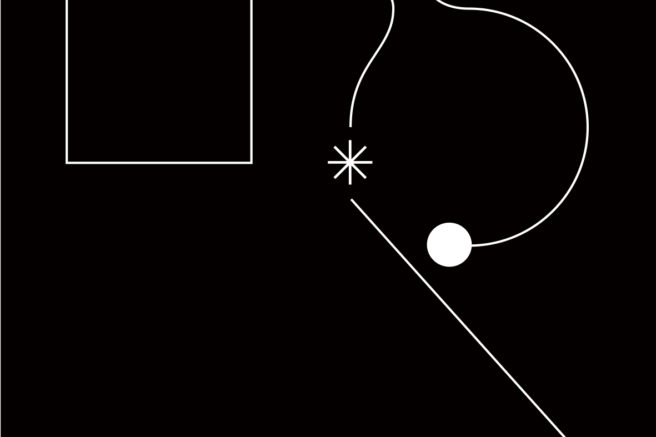Wanderful Loves
Luigi Ferrara, Institute Without Boundaries, George Brown College, Toronto, Canada
A word whose meaning is fundamentally changing in our society is “family” with consequences which are far reaching and impacts that are yet to be fully understood. In my own short life, I have personally experienced the transformation of the “extended family” structure that traditionally dominated agrarian societies to that of the “nuclear family” that became prominent during the industrial era. The emerging paradigm I describe is the “assembled family” which grows from the complexities of social fragmentation and migration and the exacerbation in the development of communities of interest over traditional communities of place.
I was raised in a traditional extended family growing up in co-located households that comprised parents, children, grandparents, aunts, uncles and cousins. Your community was comprised of your relations and your relations formed the basis of your friendships, social circles and work network. I then raised my own family based on a nuclear model with parents and children separated from grandparents and relations by household, geographic distance and further dividing up relations, friends, acquaintances and business contacts into separate distinct social groupings. I can clearly remember being schooled by my mother-in-law – a veteran of nuclear family traditions over a few generations – that my immediate family was Family Nucleus A while the grandparents were part of Family Nucleus B and my sister’s family was part of Family Nucleus C. This very literal process of family definition prescribed hierarchies of interaction, privacy and affinity that followed the patterns of specialization and standardization prevalent in the workings of the industrialized world. Family was structured in silos as were our bureaucracies, institutions and corporations.
Over time as an educator I have been witnessing the development and growth of a new generation whose world is characterized by a rapid evolution in family typologies that have been morphing under the pressure of social phenomenon such as divorce, new marriage forms, migration for work and economic reasons which have resulted in the disassembling of traditional and nuclear families and the reassembling of families that follow from a looseness in rigidity and consistency of structure over time. A child may experience multiple parents over a lifetime and a spouse may live a series of spousal partnerships and inherit stepchildren and new relative clusters creating a complexity over time. In this constant shifting environment all members of family units have noticeably started to develop a friends or soulmate over relations practice that is really very new to the reality of family life. The resulting atomization of the individual has resulted in a new particle coupling sphere where a life is emerging based on orbiting selected familial relations very much like planets surrounding a solar system of the individual composed and created over time by the individual.
Oddly enough the result is a bit of a return to the complexity and intricateness of the extended family but without its closed community aspect and strangely similar perhaps to the life of a kibbutz where non related individuals may be a stronger part of your life than kin. The implications for designing environments, products and communications for this new world are yet to be fully explored consciously by designers. If one thinks only of residential architecture and how it has changed over time to reflect the change from extended to nuclear family with the invention of the single family home and the suburb and what an enormous impact that has had on our civilization, one can begin to imagine what it will mean to reimagine our cities to accommodate this rapid move to family assemblage/disassemblage.
When I think of the many people I know who are pioneering new family forms such as the lesbian and gay couple that are raising two children between them in two homes walking distances apart or the retired couple that have chosen to live near different children during various parts of the year or the widows who have gotten to gather to share a home to stave off loneliness or the four recent graduate flatmates who are experimenting with an open lifestyle, one can see the variety of assembled families exploding exponentially in the near future. I personally know many people who have developed closer relations to their step-parents and maintained a familial bond despite the ultimate separation of the step parent from their natural parent. This complexity and elective intricacy will only continue to grow if trends continue in the direction in which they have been evolving. Whether this is a positive or a negative development in the long run is probably not easily evaluated. What is more powerful is understanding what systems people need to cope with this change and what designs we can create that make positive effects and better qualities in life for this new world of assembled families.



